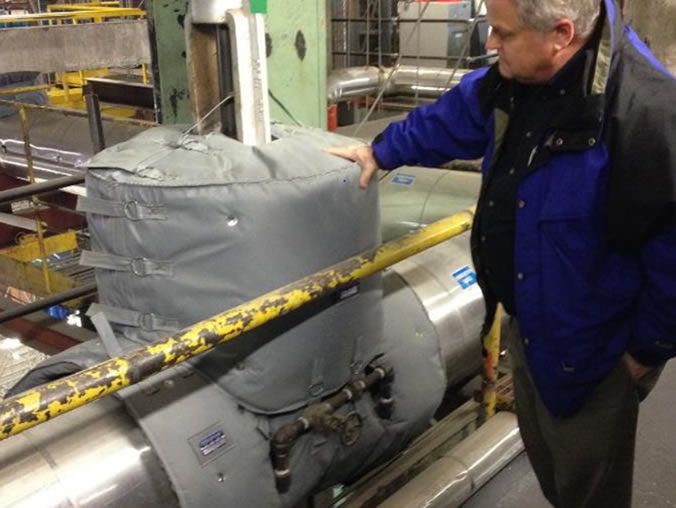An investment in a system, either new or existing, is never one to take lightly. Having access to as much information as possible, whether that’s O&M costs for an HVAC system or references for a blanket insulation company, is critical to making the best decision for the business. How much a new system, service or product will cost is obviously key information to have, but making a decision about investing in an asset should include more than the initial, or “first cost,” purchase. To make a sound decision, facility owners and managers should weigh all costs; in other words, total cost of ownership (TCO) should be at the forefront of any asset investment decision.
“Total cost of ownership is a holistic approach that allows owners to make the best decisions,” said Ana Thiemer, associate director of planning and project service at The University of Texas at Austin.
TCO, at its core, is about analyzing data to determine how much an asset will cost over its entire lifespan. It considers five areas of cost:
- the initial cost,
- annual operation and maintenance costs,
- annual utility costs,
- the cost to renew or replace periodically, and
- end-of-life costs.
Thiemer gives the example of a system with an advertised working life of ten years, but five years into its service life; maintenance costs are double what they should be and the system is not operating to full capacity. By analyzing data about the system’s performance in relation to the system’s actual costs and future estimated costs compared to a similar system in good working condition, Thiemer says a facility owner can answer the question of whether or not to replace the whole system.
“We have to take into account what it originally cost, and what it’s costing us right now weekly, monthly, yearly because it isn’t operating well,” said Thiemer. “If we were to replace the system right now, would we be saving money? Sometimes the answer is yes.”
Inversely, TCO can also help determine return on investment. Energy-conscious systems often result in savings elsewhere in the business, effectively paying for themselves over time like the thermal or acoustic insulation products you might purchase from a blanket insulation company.
“By using total cost of ownership, you could validate the use of those sustainable products and say, ‘Even with higher costs now, we will save money over the life of the system because of a simple return on investment calculation,’” added Thiemer.
For example, by helping to retain heat energy, Shannon Global Energy Solutions’ reusable insulation blankets reduce energy costs for a business. These savings factor into TCO calculations, and may be the most cost-effective option, even at a higher initial cost.

